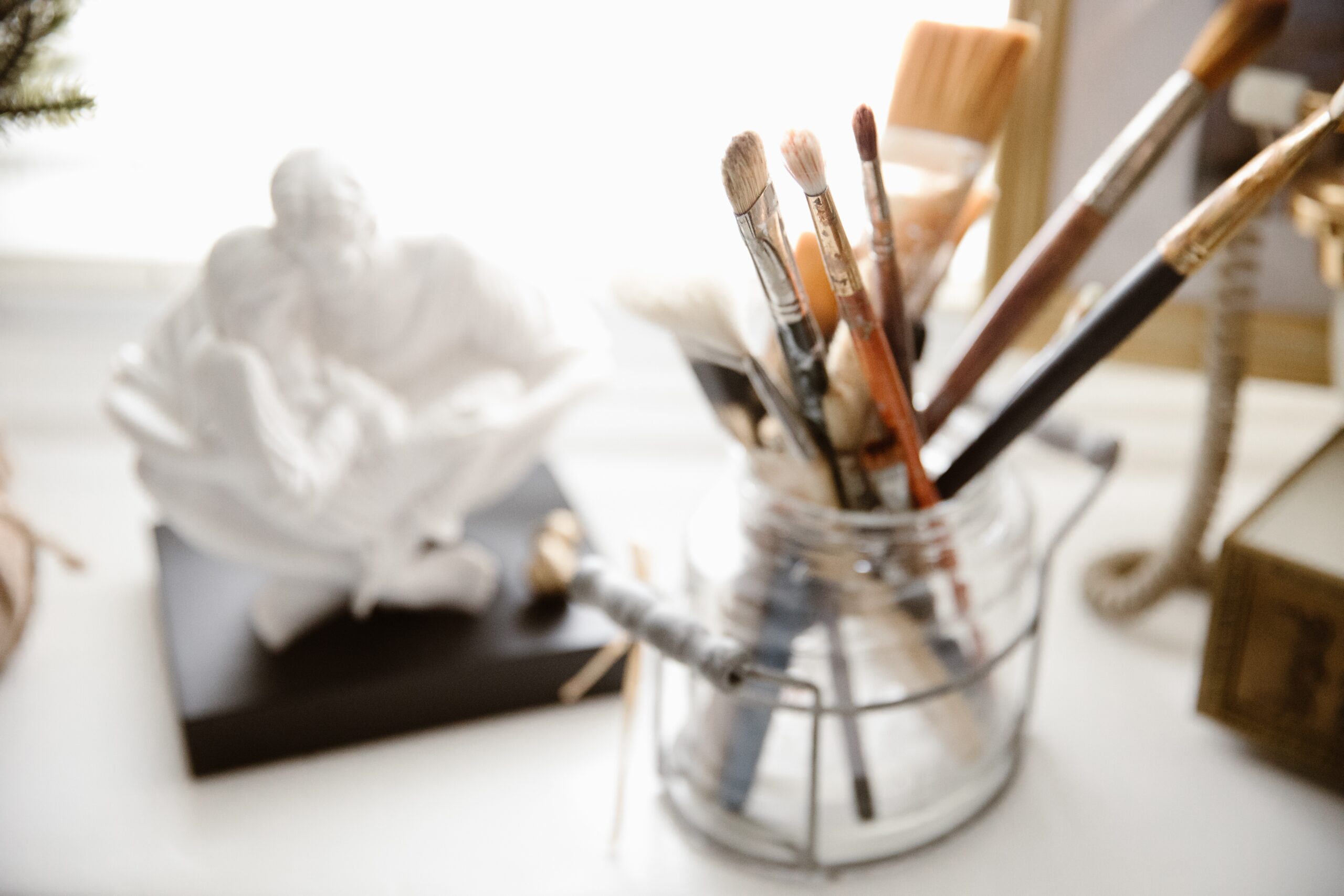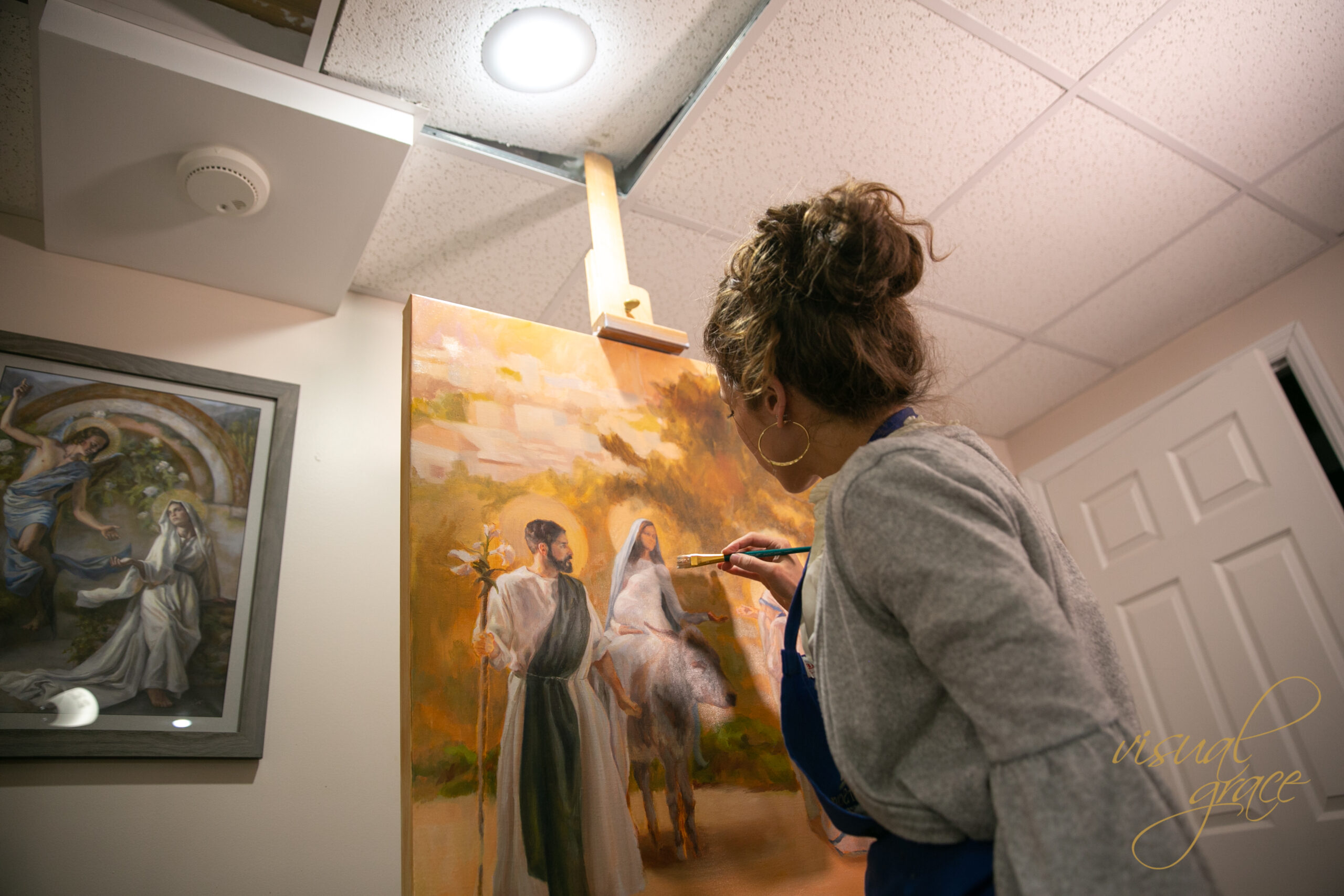For most people, when they think about math, the last thing they would describe it as is ‘beautiful.’ For the majority of people, thinking about math surfaces horrific memories of confusing symbols, frustrating equations, and functions that make no sense, despite the tedious effort. I won’t argue that these memories aren’t valid, but I will argue that mathematics has a unique and irreplaceable relationship with beauty.
What do I mean by that? Well part of Wikipedia’s definition of math states that “mathematicians resolve the truth or falsity of conjectures through proofs.”
In other words, math is simply a language of communicating found truths through symbols. Math uniquely focuses on the unraveling of natural truths. The sciences do a similar thing, which is partially why the two disciplines are so closely related to one another.
So if math unravels the truth, then it must also have a relationship with beauty. I make this claim because, if you are familiar with the three transcendentals of God —truth, beauty, and goodness– you know that the three have a unique, unbreakable, trinitarian correlation with one another. Oftentimes, the world likes to argue that beauty is in the eye of the beholder, but the church teaches us that there is a deep rooted objectivity to beauty. We believe that in order for something to be beautiful, it must also have truthfulness and goodness. Consider the following quote:
“For something to be beautiful, it has to be ordered;
it has to be obedient to a law and to a truth.”
Do you see the math in this sentence? Math is law, and order is the result of obedience to a law. It’s all around us; there’s math in everything. There’s mathematical truths within every star, every plant, within the motion of waves, and the way your body functions. I’d even say that it’s because math structures exist in creation that there exists logic, morality, and objectivity. God made the universe with order and laws, because they teach us the value of obedience and truth. Without this truthfulness and order, all beauty would crumble at the corruption of its intention and the distortion of its form.
Here’s a simple example of this in nature: the world and all its beauty is held together by the law of gravity. You can argue this if you’d like, but I think the world would be less beautiful if all its rocks, houses, and humans were floating around in an atmosphere of ungrounded chaos.
Gravity is the law that nature obeys which sustains its beauty and keeps the order.
Math and science are the natural truths that sustain God’s intended beauty and order for life.
And we see this natural order hidden in art everywhere. Humans, and specifically artists, have an inherent ability to know when something is visually pleasing or accurate. The artist can analyze, bend, and paint her creation until it is balanced and ordered just right, so as to captivate its beholder. Ordinarily, we don’t think so much about our natural ability to recognize balance in art, but why are we able to do this? Where does ‘balance’ come from? Did you know that there are actually hidden mathematical ratios within art that silently communicate to us that a piece is pleasing to the eye? An example of this is called The Golden Ratio, also known as The Divine Proportion, which many mathematicians and artists have studied throughout all of history. In very plain terms, the Divine Proportion is simply a naturally recurring ratio that appears all over the place in nature, art, anatomy, astronomy, etc., and you can learn more about it here. This ratio appears -unintentionally- in famous paintings such as Da Vinci’s Mona Lisa, Dali’s Last Supper, Michelangelo’s Creation of Adam, and countless more. It even appears all over the image of Our Lady of Guadalupe! (SO COOL).

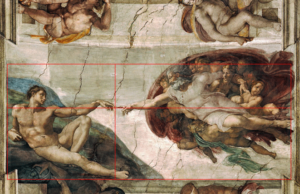
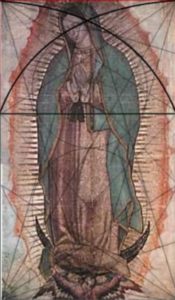
What we learn from this is that there is a natural objectivity to beauty. We, as feeble humans, can not make perfect infinite ratios on our own. Natural balances such as these reveal that God has created a natural order to the world that points us to what is truly lovely and good.
So what does this all mean spiritually? We can be quick to shy away from words such as obedience and law, because they bring up negative associations to being confined or punished. But we know as Catholics that the Lord does not give us laws to enslave us, but to show us the true way to full life.
In scripture, Christ tells us that He is the fulfillment of the Law. “Do not think that I have come to abolish the law or the prophets; I have come not to abolish but to fulfill.” (Mt. 5:17). He knows the importance of having lawfulness, and he also knows the suffering and disorder that results from disobedience to the law. Christ illustrates this in John 10 when He says, “The thief comes only to steal and kill and destroy; I came that they may have life and have it in abundance.” The thief wants to take away God’s order, he wants to go around the gate and create a false illusion of freedom through rebellion, but God knows that this only leads to death and destruction. Rather, Christ, the Word made flesh, comes to lead us in the right Way through Himself. And what does living through Christ the gate look like? Well, He models it for us: through perfect obedience. And he promises that this way leads us to fullness of life. Obedience leads to life. Truth leads to beauty. Furthermore, Jesus himself says: I am the Way, the Truth, and the Life. It is through His truth that we find the way to beauty and life.

Hanna Mangiovillano is currently a senior at West Chester University of PA, studying Middle Grades Education with a concentration in Math and ELA. She currently works as Kate’s studio assistant, and outside of her studies, she is very passionate about writing music, leading worship at her campus’s Catholic Newman Center, and making religious artwork.
Kate Capato
Kate is a Sacred Art Painter, Inspirational Speaker, and Faith-filled Movement artist on a mission to spread God's love through beauty! Her inspiration comes from prayerful encounters with the Lord, and the rich traditions of our Catholic faith. When she's not creating something faith inspired, Kate is often traveling all over the world with her hubby soaking in the wonders of God's creation, or spending time with family and friends to live every moment to the fullest. To see her work, visit her portfolio below and share in this mission of spreading truth and goodness.
leave a comment
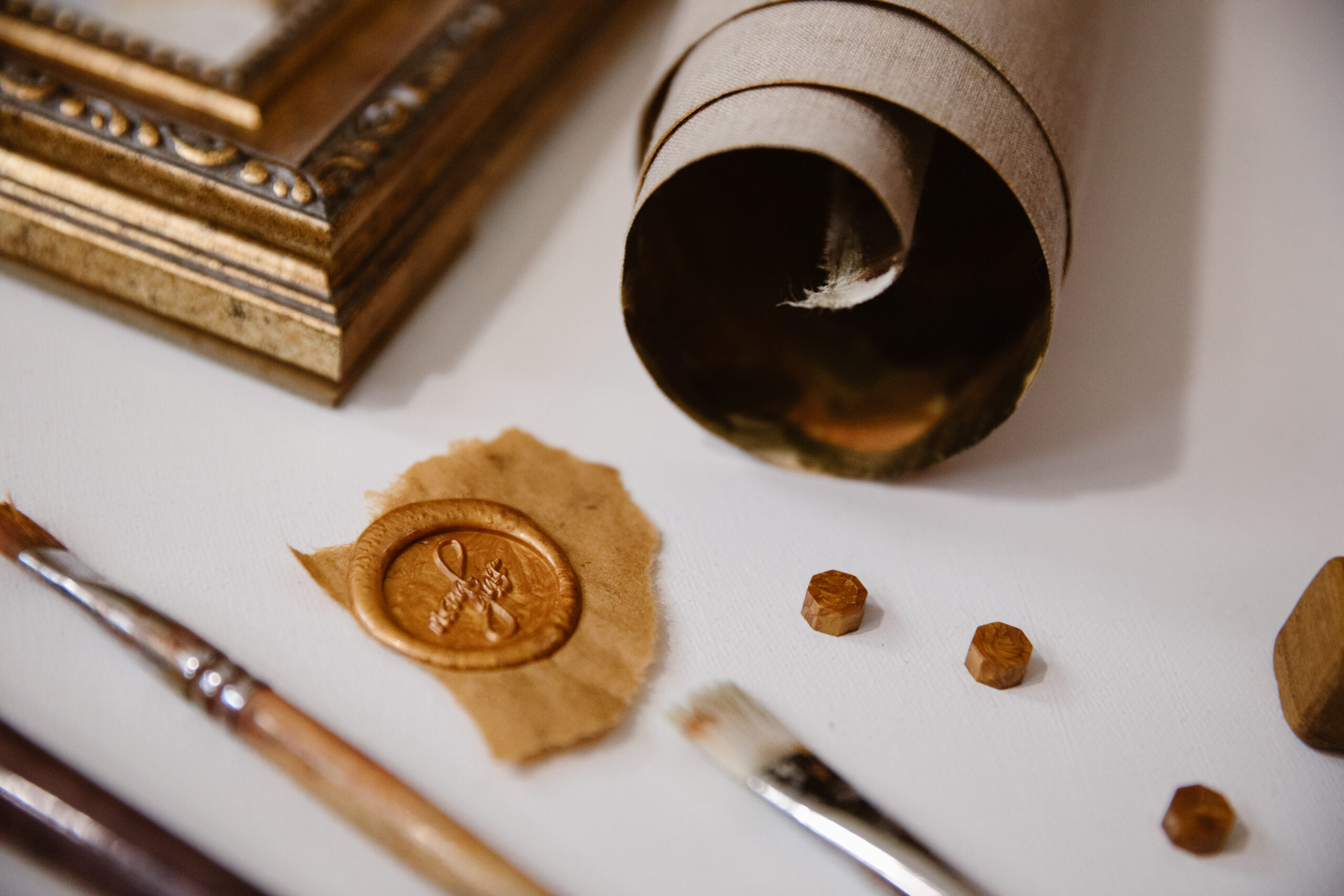
Did you know… you can preserve your art for generations to come? When you invest in high quality art, you’re gonna wanna make sure that it stays around for years, ideally passing it on to future grandchildren. Right?! Think about all that art still around from the Renaissance. The reason we are able to enjoy […]
Read More
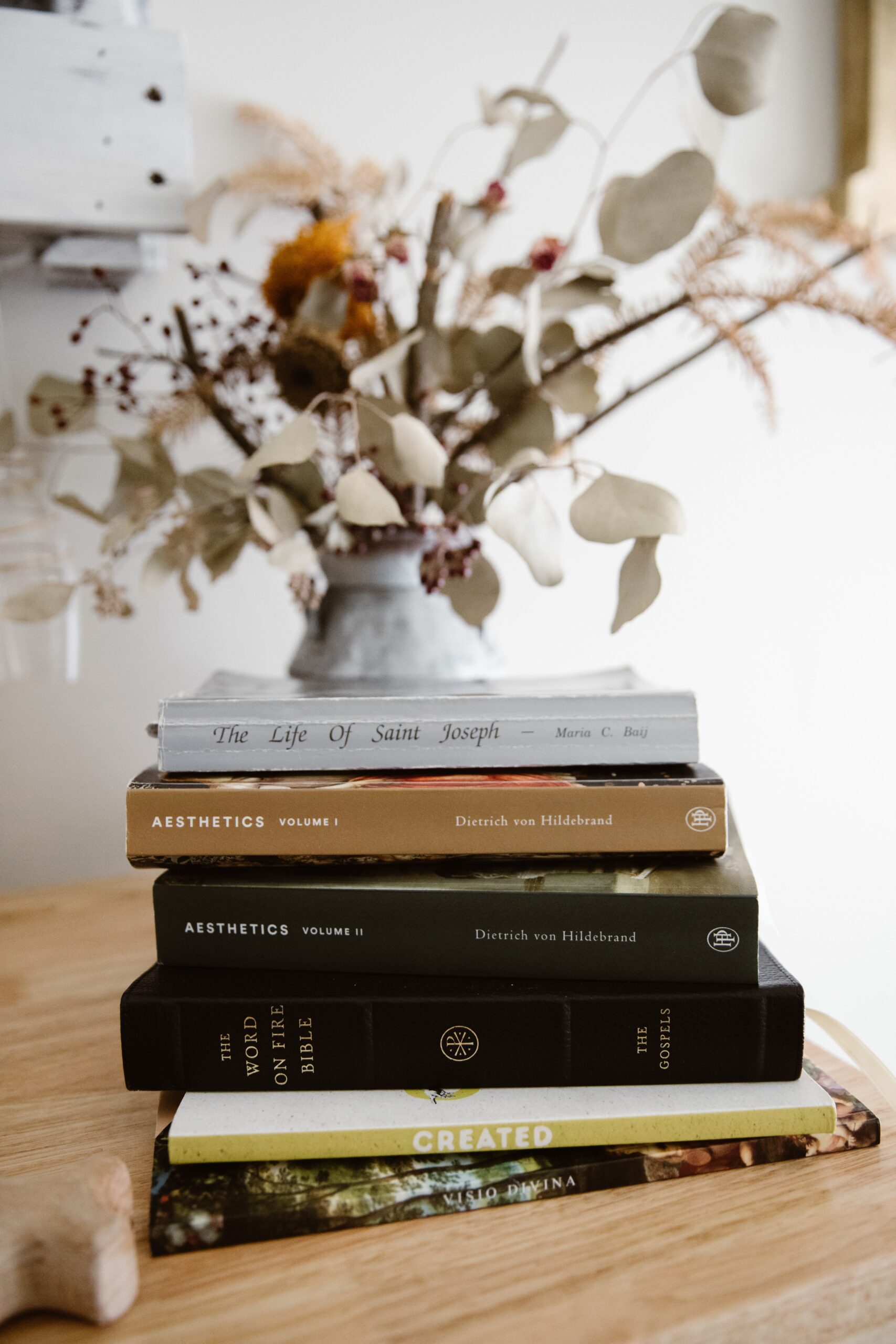
Many of you have asked me… …which books I recommend, so I have complied together a list below that I hope you find helpful — perfect timing as we are nearing summer! Books that Help You Understand the Faith more Deeply through Beauty: 1. The Word on Fire Bible – The Gospels Word on Fire […]
Read More
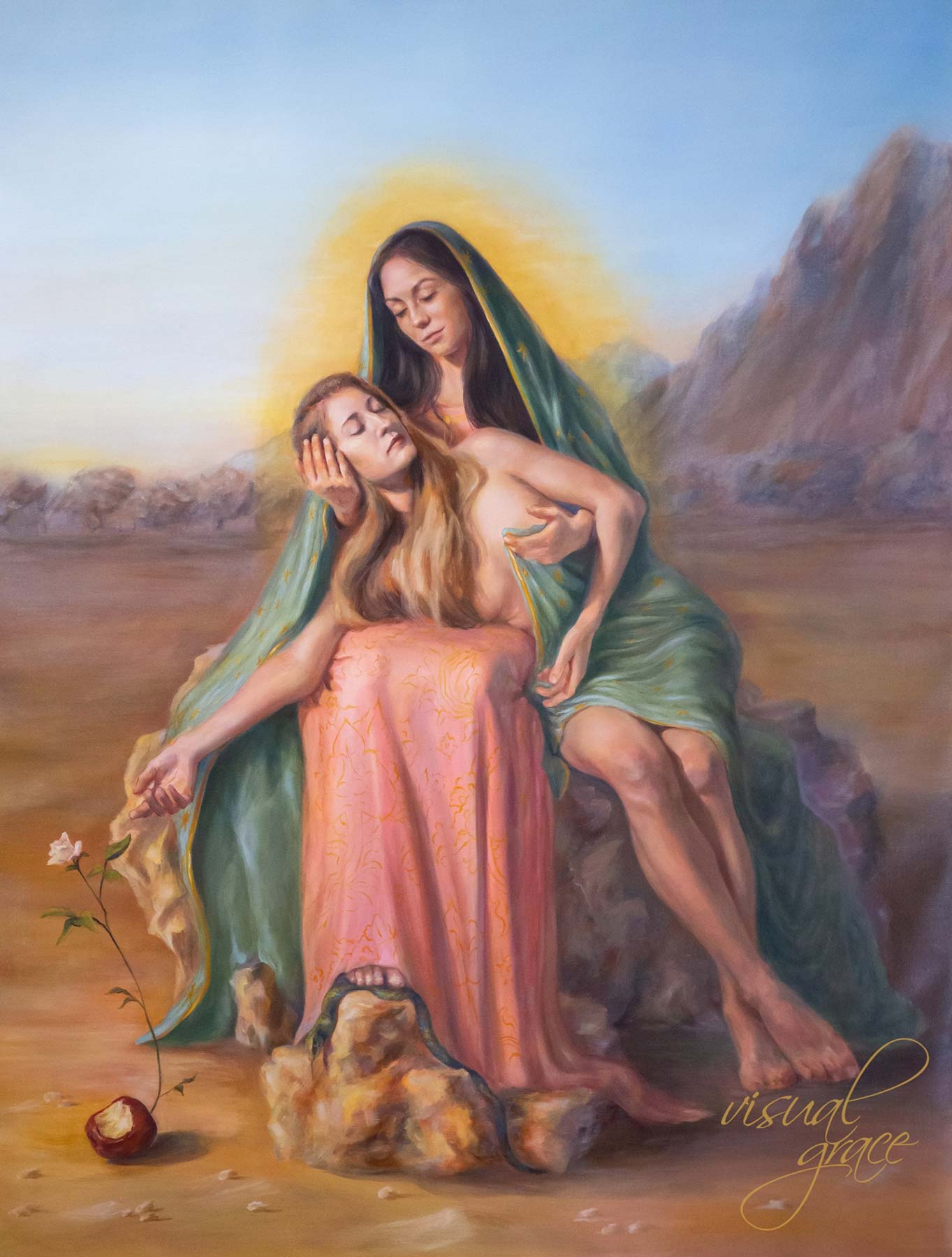
Have you ever felt the pain of the past? A feeling of guilt, shame or simply confusion? Maybe you have wished with all your heart that you could change something, but can’t? I have. Typically, these feelings run deep and most others just would not understand your personal hurt as they didn’t experience what you […]
Read More
All work is the sole property of Katelyn Capato and may not be used or reproduced in any way without permission.
